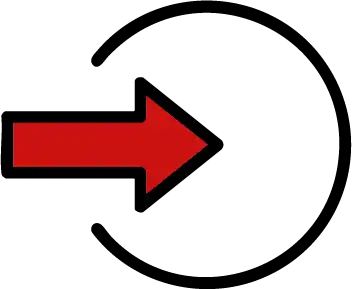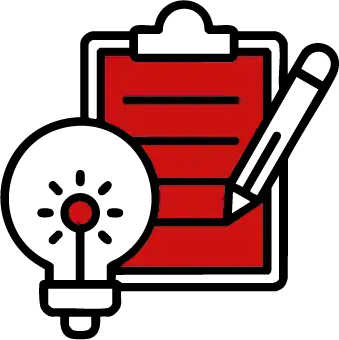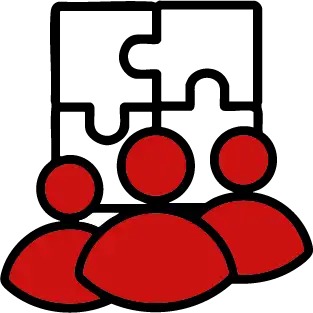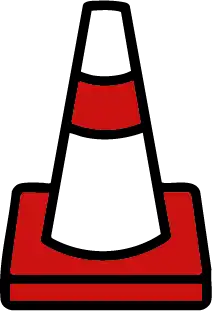
Complete the Affiliate Agreement. This is free, and gives you access to a global community of chapters who can guide you on your way.

Before you get too far down the rabbit hole of ordering trishaws and training pilots, build out a plan for your chapter. This can be a simple document that answer the following questions:
What is your mission statement?
What are your overall goals?
Is it a specific demographic in your community?
Are there specific senior communities that you want to work with?
How many trishaws and pilots do you want to have?
How many rides per year do you want to give?
Starting your own non-profit requires some work, but gives you more flexibility and reduces overhead.
Working under the umbrella of an organization like a bike coalition can provide fiscal sponsorship and insurance, but will cost.
Many donors will require non-profit status to make donations.
Will you work with activity directors at local senior communities to schedule rides?
Will you offer direct ride booking for seniors who live independently?
These are not mutually exclusive, but it is helpful to decide which option (or both) is the best fit early on.

A Board of Directors is required if you plan to start a non-profit, and can contribute to your chapter management.
A local bike shop owner can help with trishaw maintenance
Someone who knows local foundations can solicit donations
Someone with accounting experience can manage your books
Core Volunteers can help manage your day-to-day operations. Consider starting out with the following:
Ride Coordinator to handle bookings and assign pilots
Pilot Coordinator to manage training and recruitment
Fundraising Coordinator to secure grants and sponsorships

A clear budget will help you prioritize your fundraising, and build a more sustainable chapter. There are a two core cost categories to consider as you build out your budget:
Trishaw
$17,000
Trailer
$2,000-$5,000
If needed to move trishaw
Safety Vests
$20
Blanket
$50
Travel expenses
Variable
If you are transporting the trishaws
Insurance
$700-900
Dependent on your location
Maintenance
$200/trishaw/year
Variable but good starting budget
Fundraising
Variable

When many people hear about Cycling Without Age, the first question that they have is about safety. Aren’t rides dangerous? Who is liable? Do you have insurance? Many donors, partner organizations, and older adults may have heightened sensitivity to risk. Listen to their concerns, and work on tailoring your chapter to meet their needs.
Here are suggested talking points to use when questions of risk and safety come up.
Many aging experts would argue that the dangers posed by isolation and loneliness indoors far outweigh the much smaller risks of going on a ride.
Trishaw rides are slow. Usually no more than 5-6 mph.
Pilots are trained on standards established by CWA chapters around the world.
Rides usually take place on car-free multi-use paths.
Chapters have their own liability insurance.
Everyone who boards a trishaw must sign a waiver (here is an example).
Getting proper liability insurance will go a long way towards addressing many stakeholders' concerns. There are two primary ways to go about doing this:
Get your own liability insurance through Silent Sports, who insures most of the existing CWA chapters
If you are under the umbrella of an organization like a bike coalition, their insurance might cover you